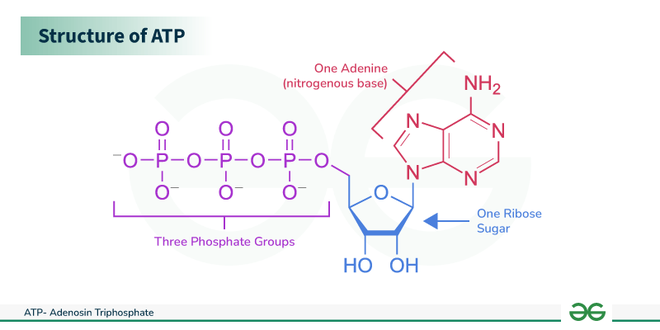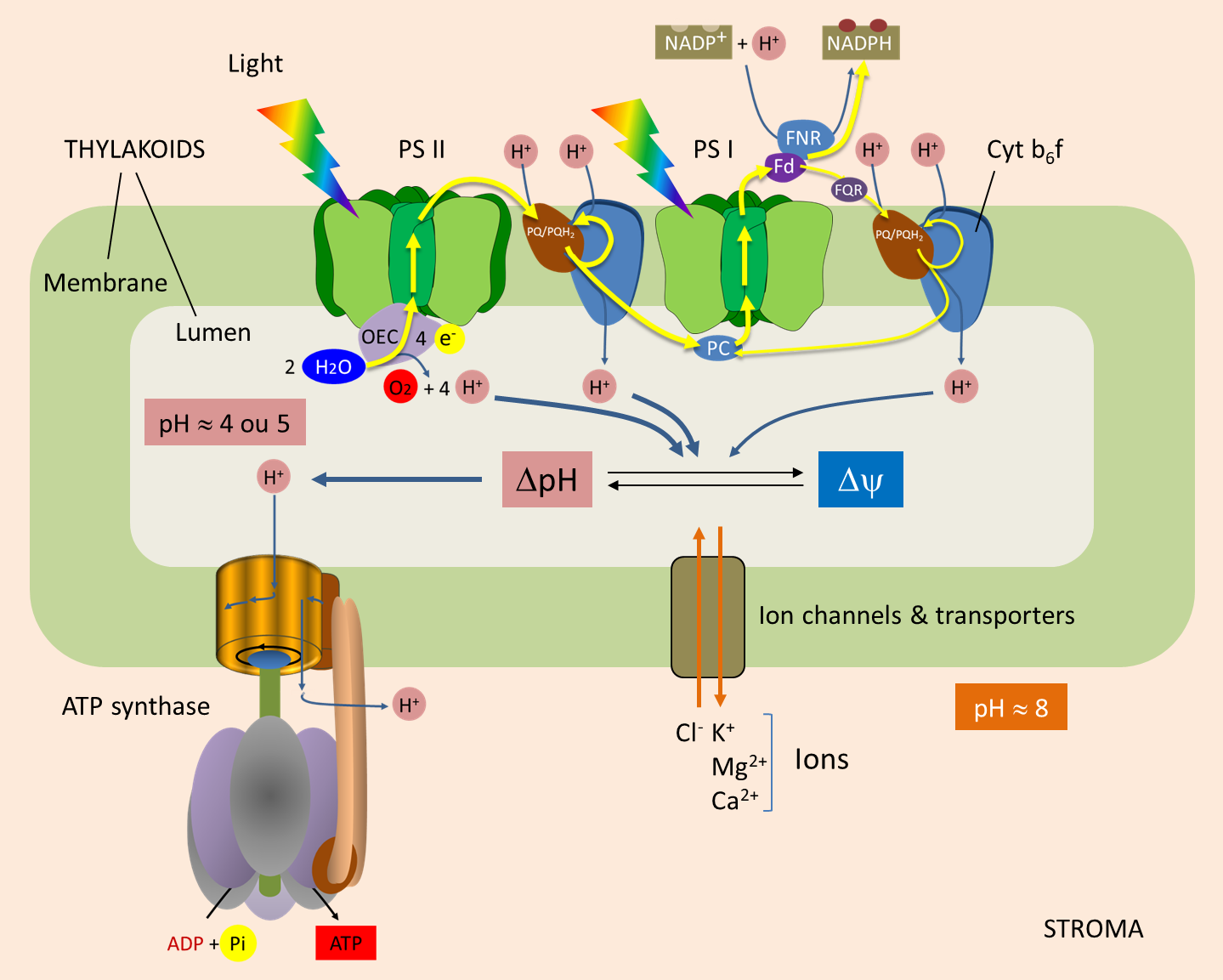What Happens If There Is Not Enough Atp Available
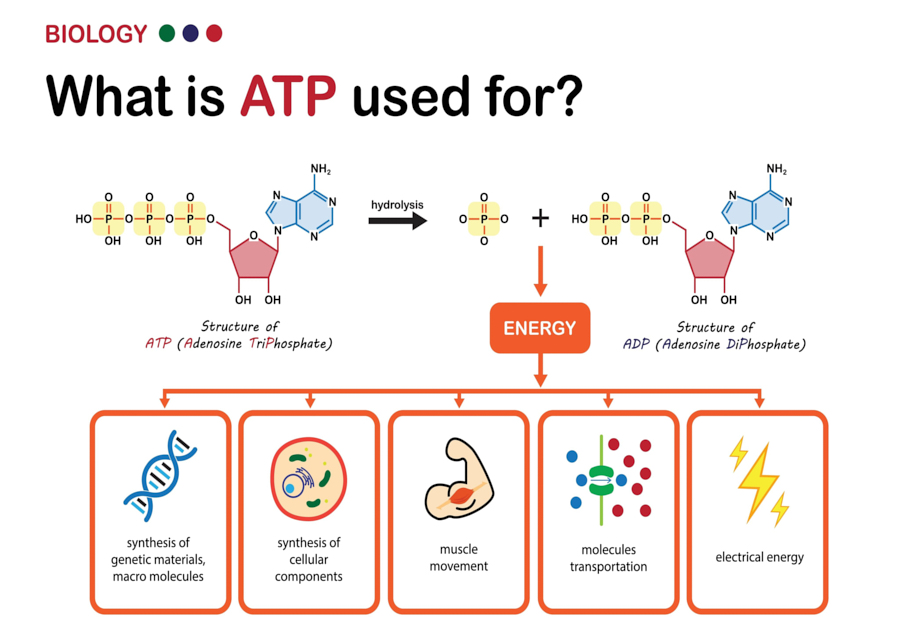
Imagine a city at night, its skyscrapers illuminated, cars humming along the streets, and people bustling in and out of restaurants. Now, picture a sudden, city-wide blackout. The vibrant energy instantly dissipates, leaving only darkness and stillness. Our bodies, much like that city, rely on a constant supply of energy to function, and this energy comes in the form of a molecule called ATP – adenosine triphosphate.
But what happens when the lights go out, when ATP levels plummet? This isn't just a theoretical question; it's a fundamental issue in biology and medicine, with implications ranging from athletic performance to the understanding of complex diseases. The consequences of ATP deficiency are far-reaching, affecting every level of our being, from the cellular to the systemic.
The Tiny Powerhouse: Understanding ATP
ATP is often described as the "energy currency" of the cell. It's a molecule that stores and transports chemical energy within cells for metabolism. Think of it as the fuel that powers all our biological processes.
ATP is a nucleotide that consists of three main structures: the nitrogenous base adenine, the sugar ribose, and a chain of three phosphate groups. When a cell needs energy to do work, it breaks off the end phosphate group from ATP, releasing energy and forming ADP (adenosine diphosphate) or AMP (adenosine monophosphate).
This process is called hydrolysis, and it's reversible. The cell can then use energy from other sources, like the breakdown of glucose, to reattach the phosphate group, regenerating ATP. This constant cycle of ATP breakdown and regeneration is crucial for life.
Consequences at the Cellular Level
When ATP supply dwindles, the immediate consequences are felt at the cellular level. Cells struggle to maintain their basic functions, impacting every aspect of our being.
One of the first systems to be affected is the sodium-potassium pump, a crucial protein embedded in the cell membrane. This pump uses ATP to maintain the proper balance of sodium and potassium ions inside and outside the cell. If ATP is insufficient, this pump falters, leading to an imbalance that can disrupt nerve impulse transmission and muscle contraction.
Protein synthesis, the process by which cells build proteins, also grinds to a halt. Without ATP to power the ribosomes (the cell's protein-making machinery), cells cannot produce the proteins they need to function, repair themselves, or communicate with other cells.
Another vital function that depends on ATP is the transport of molecules across the cell membrane. Many substances, like sugars and amino acids, require active transport, which means they need ATP to be moved against their concentration gradient. When ATP is scarce, cells struggle to take up essential nutrients and eliminate waste products, leading to a buildup of toxins and a shortage of building blocks.
Impact on Muscles: From Fatigue to Rigor Mortis
Muscles are particularly sensitive to ATP levels, as they require a large amount of energy to contract and relax. A shortage of ATP can lead to a range of problems, from mild fatigue to severe muscle cramps and stiffness.
During exercise, muscles rapidly consume ATP. If the rate of ATP consumption exceeds the rate of ATP production, muscle fatigue sets in. This is because the muscles can no longer contract efficiently, leading to weakness and reduced performance. Lactic acid buildup, a byproduct of anaerobic metabolism (ATP production without oxygen), can also contribute to muscle fatigue.
In severe cases of ATP depletion, such as after death, a condition called rigor mortis can occur. After death, the body's cells cease to produce ATP. This means that the myosin filaments in muscle cells can bind to actin filaments, forming cross-bridges, but cannot detach. This results in a sustained muscle contraction, causing the body to stiffen.
The Brain's Vulnerability: Neural Dysfunction
The brain is another organ that is highly dependent on ATP. It requires a constant supply of energy to maintain the electrical gradients necessary for nerve impulse transmission and to support the activity of neurons.
ATP depletion in the brain can lead to a variety of neurological problems. Neurons may become unable to fire properly, disrupting communication between different brain regions. This can result in cognitive impairment, seizures, and even coma. Conditions like stroke and traumatic brain injury can cause localized ATP depletion in the brain, leading to neuronal damage and neurological deficits.
According to a study published in the journal *Nature Neuroscience*, "ATP depletion is a critical factor in neuronal cell death following stroke and traumatic brain injury." The study highlighted the importance of developing strategies to maintain ATP levels in the brain during and after these types of events.
Systemic Consequences: Organ Failure and Disease
When ATP depletion becomes widespread, it can have systemic consequences, affecting multiple organs and leading to serious health problems. Several diseases are associated with impaired ATP production or utilization.
Mitochondrial disorders are a group of genetic conditions that affect the mitochondria, the cell's powerhouses. These disorders can impair ATP production, leading to a wide range of symptoms, including muscle weakness, neurological problems, and organ failure. Symptoms can vary widely depending on the specific mitochondrial defect and the tissues affected.
Heart failure is another condition where ATP depletion plays a significant role. The heart muscle requires a tremendous amount of energy to pump blood throughout the body. In heart failure, the heart's ability to produce ATP may be compromised, leading to reduced pumping capacity and a buildup of fluid in the lungs and other tissues.
Sepsis, a life-threatening condition caused by the body's overwhelming response to an infection, can also lead to ATP depletion. During sepsis, the body's metabolic rate increases dramatically, placing a huge demand on ATP production. If the body cannot meet this demand, cells can become energy-starved, leading to organ damage and death.
Strategies for Boosting ATP Levels
Given the critical importance of ATP, researchers are exploring various strategies to boost ATP levels and prevent ATP depletion. These strategies include dietary interventions, exercise, and pharmacological approaches.
Certain nutrients, such as creatine and coenzyme Q10, have been shown to enhance ATP production. Creatine, found in meat and fish, helps to regenerate ATP in muscle cells. Coenzyme Q10 is an antioxidant that plays a vital role in the electron transport chain, the process by which ATP is produced in the mitochondria.
Exercise can also improve ATP production by increasing the number and efficiency of mitochondria in muscle cells. Regular physical activity can help to boost ATP levels and improve overall energy metabolism. However, it's important to avoid overtraining, which can lead to excessive ATP depletion and muscle damage.
Researchers are also developing drugs that can enhance ATP production or protect cells from ATP depletion. Some of these drugs target the mitochondria, while others work by improving glucose metabolism or reducing oxidative stress. According to the National Institutes of Health, "Further research is needed to identify effective pharmacological interventions for preventing and treating ATP depletion in various diseases."
Looking Forward: The Future of ATP Research
The study of ATP and its role in health and disease is a rapidly evolving field. As we learn more about the intricate mechanisms that regulate ATP production and utilization, we can develop more effective strategies for preventing and treating ATP-related disorders.
Understanding the consequences of ATP depletion has profound implications for our understanding of everything from athletic performance to aging and disease. It underscores the delicate balance that must be maintained within our cells to sustain life and highlights the importance of a healthy lifestyle, proper nutrition, and targeted interventions to ensure that our bodies have the energy they need to thrive. Just like that vibrant city, our bodies need a constant and reliable power source to function at their best.
Perhaps one day, we will have a better understanding of how to manipulate ATP levels to our advantage, opening up new possibilities for treating a wide range of conditions and enhancing human performance. Until then, appreciating the power of this tiny molecule and striving to support its production within our bodies remains a fundamental aspect of maintaining health and vitality.
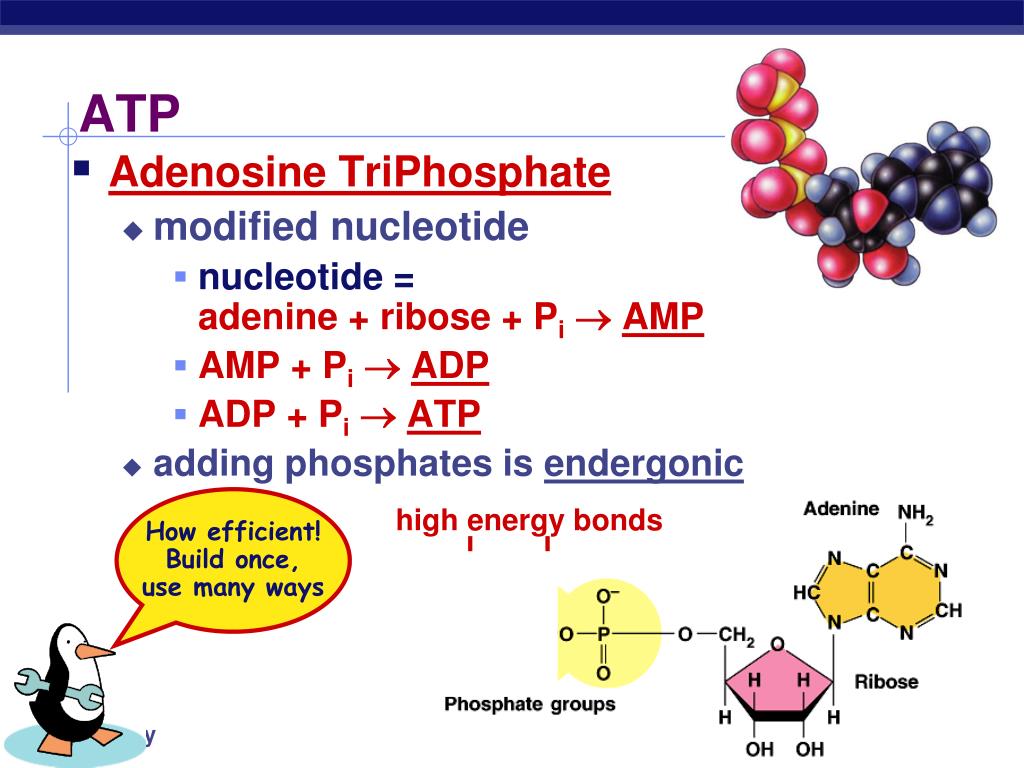

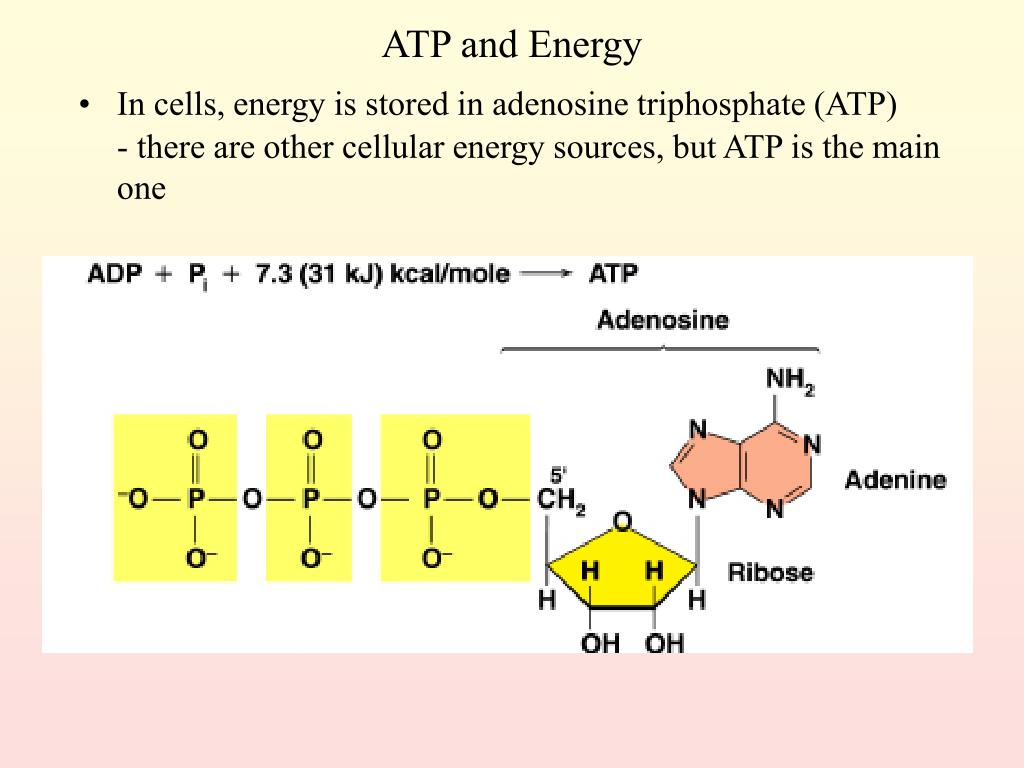





.jpg)


